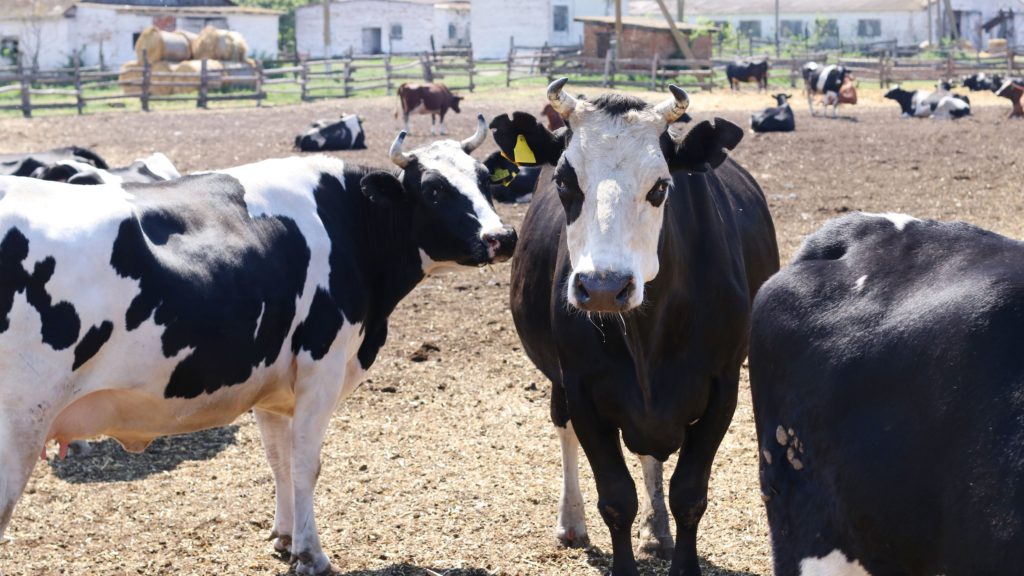
Optimising farming in the dynamic agricultural environment is important to both profitability and sustainability for environmental concerns. One such practice among innovative farmers is time-controlled grazing.
This method has several benefits when it involves strategic rotation of livestock across different pasture areas. Growing Country has a case study on how time controlled grazing can transform farming operations.
What is Time Controlled Grazing?
Time-controlled grazing is a type of grazing system where livestock are moved through a series of paddocks on a controlled schedule. The techniques are meant to attain the highest pasture production, enriching soils by improving health, and enhancing welfare for the animals.
Provided that the pasture gets time to rest and recover before the next period of grazing, this will ensure better growth of grass and more efficient cycling of nutrients.
Case Study: Increasing Profit and Health through Controlled Grazing by Growing Country.
Time-controlled grazing is a type of grazing system where livestock are moved through a series of paddocks on a controlled schedule. The techniques are meant to attain the highest pasture production, enriching soils by improving health, and enhancing welfare for the animals. Provided that the pasture gets time to rest and recover before the next period of grazing, this will ensure better growth of grass and more efficient cycling of nutrients.
1. Increased Pasture Productivity
Before controlled grazing, the farm was actually experiencing some overgrazing problems in certain areas and under-utilization of the pasture in others. The new strategy would be to divide up the pasture into smaller paddocks and move the livestock through the paddocks on a prescribed schedule.
There was a dramatic increase in the productivity of the pasture as a result. With controlled grazing periods, the grass had ample time to recover and regrow, leading to significant improvements in overall forage yield. This enhanced pasture productivity provided more nutritious feed for the livestock, contributing to better weight gain and overall health
2. Improved Soil Health

Soil health is a cornerstone of sustainable farming, and time controlled grazing played a pivotal role in enhancing it.
It ensured natural manure spread due to controlled rotation, which improved the fertility and structure of the soil. In an added advantage, reduced soil erosion was directly attributed to the maintenance of healthy ground cover. During the experimentation process, the soil organic matter increased significantly, increasing its water-holding capacity and reducing reliance on chemical fertilizers.
3. Enhanced Livestock Performance
After the implementation of time controlled grazing on the farm, animals grazing on healthier, more nutritious forage showed noticeable gains in weight and overall condition. The improved quality and availability of forage enhanced the nutrition of the livestock, resulting in healthier and more productive animals
4. Increased Profitability on the Farm
Controlled grazing had major financial implications. With improved pasture yields and better health of livestock, the farm realized a 20% increase in profit. It achieved this through the reduced feed cost and reduced expenses relating to veterinary services. Quick returns on the investment that had been done in fencing and water points were then realized from increased profitability resulting from enhanced productivity and reduced costs.
Implementing Time Controlled Grazing: Key Considerations
There are a number of things that farmers ought to consider before practicing controlled time grazing.
- Infrastructure Investment: Although infrastructural setup in terms of fencing and water systems may be costly at the beginning, in the long run it really pays.
- Grazing Plan: A proper, well-worked-out grazing plan detailing the size of paddocks, when to move, and how long to rest is very important.
- Monitoring and Adaptation: Further monitoring of pasture condition and livestock health allows for adjustments in the grazing plan if necessary.

Conclusion
From this case study, one can deduce that time controlled grazing is not just another trend or new paradigm in place but is a tried and tested method for enhancing farm productivity, soil health, and profitability.
Through well-managed grazing systems, farmers can attain sustainable agriculture practices for their benefit and that of the environment.
With innovativeness taking over in the agricultural industry, controlled time grazing remains more realistic and functional for a modern farmer. This could be just the break needed toward ensuring utter performance and sustainability of every farm.
